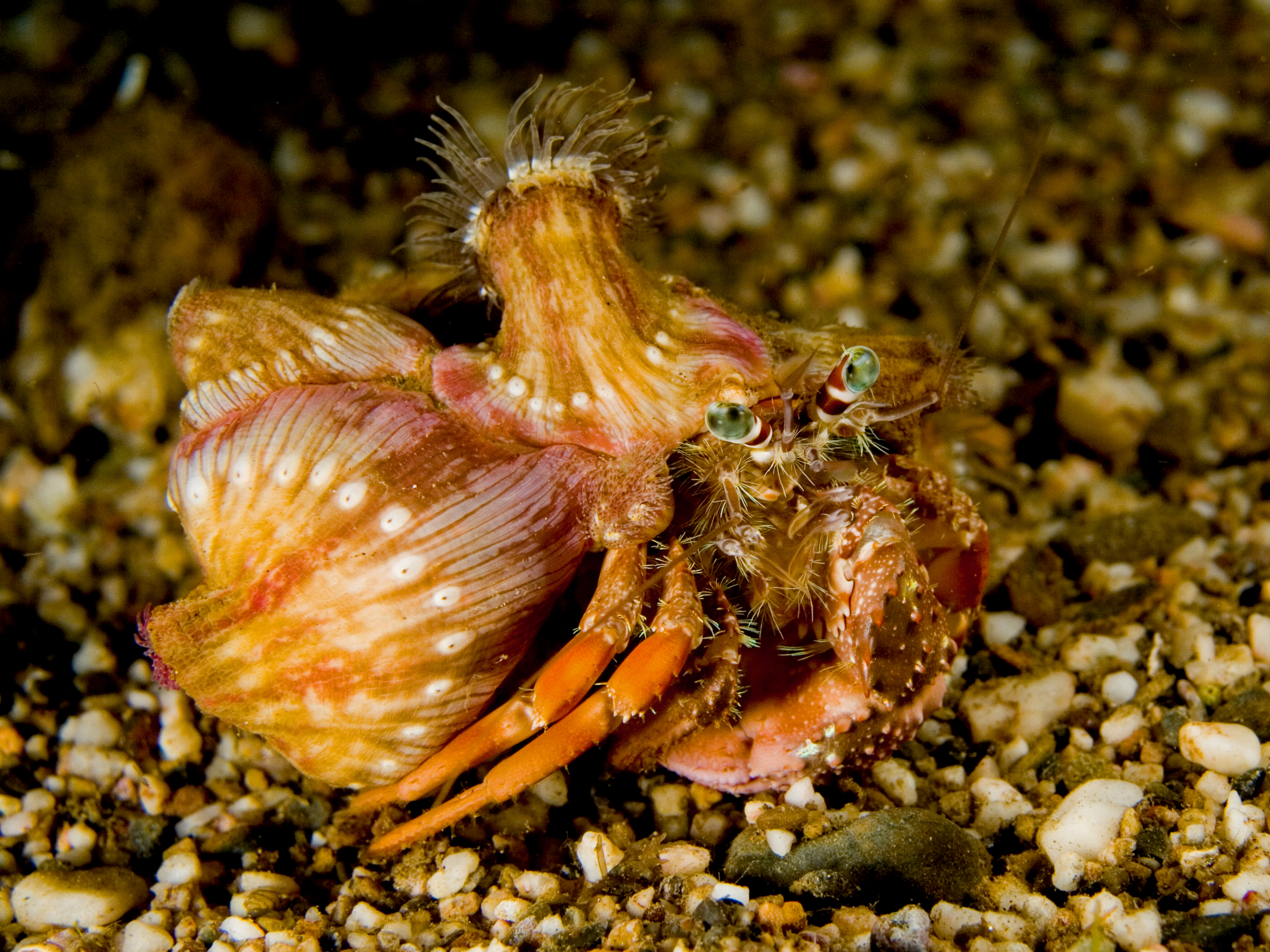READ: Symbiosis
| Site: | Mountain Heights Academy OER |
| Course: | Biology Q1 |
| Book: | READ: Symbiosis |
| Printed by: | Guest user |
| Date: | Sunday, 27 July 2025, 11:11 AM |
Symbiotic Relationships
Some organisms play nice. Some don’t. Some play nice with certain organisms while playing not so nice with others. Regardless, many organisms have close living relationships that can be characterized.
Humans, like nature, have many types of relationships. Let’s examine the relationships of Superman. Superman has many relationships in his life. Lois Lane loves Superman and protects his secret while Superman loves and protects her—a mutualistic relationship. Lex Luthor is always looking to attack and hurt Superman—a predator- prey like relationship. We all know Superman’s weakness is kryptonite, which pulls away his power and can, with long-term exposure, kill him—a parasitic relationship. Lastly, Lois Lane and Lex Luthor share a relationship where Lex benefits because he can use Lois to draw in Superman, serving as a benefit for Lex, but neither help nor harm Lois—a commensalistic relationship.
Symbiosis is a close relationship between two species in which at least one species benefits. For the other species, the relationship may be positive, negative, or neutral. There are three basic types of symbiosis:
- Mutualism
- Commensalism
- Parasitism
Mutualism is a symbiotic relationship in which both species benefit. An example of mutualism involves goby fish and shrimp.
The multicolored shrimp in the front and the green goby fish behind it have a mutualistic relationship.
The nearly blind shrimp and the fish spend most of their time together. The shrimp maintains a burrow in the sand in which both the fish and shrimp live. When a predator comes near, the fish touches the shrimp with its tail as a warning. Then, both fish and shrimp retreat to the burrow until the predator is gone. From their relationship, the shrimp gets a warning of approaching danger. The fish gets a safe retreat and a place to lay its eggs.
Commensalism
Commensalism is a symbiotic relationship in which one species benefits while the other species is not affected. One species typically uses the other for a purpose other than food. For example, mites attach themselves to larger flying insects to get a “free ride.” Hermit crabs use the shells of dead snails for homes.

Parasitism
Parasitism is a symbiotic relationship in which one species (the parasite) benefits while the other species (the host) is harmed. Many species of animals are parasites, at least during some stage of their life. Most species are also hosts to one or more parasites. Some parasites live on the surface of their host. Others live inside their host. They may enter the host through a break in the skin or in food or water. For example, roundworms are parasites of mammals, including humans, cats, and dogs.
The worms produce huge numbers of eggs, which are passed in the host’s feces to the environment. Other individuals may be infected by swallowing the eggs in contaminated food or water. The roundworm above, found in a puppy's intestine, might eventually fill a dog’s intestine unless it gets medical treatment.
Some parasites kill their host, but most do not. It’s easy to see why. If a parasite kills its host, the parasite is also likely to die. Instead, parasites usually cause relatively minor damage to their host.
Symbiosis in Fungi
Not all fungi feed on dead organisms. Many are involved in symbiotic relationships, including parasitism and mutualism.
Fungi as Parasites
In a parasitic relationship, the parasite benefits while the host is harmed. Parasitic fungi live in or on other organisms and get their nutrients from them. Fungi have special structures for penetrating a host. They also produce enzymes that break down the host’s tissues.
Parasitic fungi often cause illness and may eventually kill their host. They are the major cause of disease in agricultural plants. Fungi also parasitize animals, such as the insect pictured in Figure below. Fungi even parasitize humans. Did you ever have athelete’s foot? If so, you were the host of a parasitic fungus.
Mutualism in Fungi
Fungi have several mutualistic relationships with other organisms. In mutualism, both organisms benefit from the relationship. Two common mutualistic relationships involving fungi are mycorrhiza and lichen.
A mycorrhiza is a mutualistic relationship between a fungus and a plant. The fungus grows in or on the plant roots. The fungus benefits from the easy access to food made by the plant. The plant benefits because the fungus puts out mycelia that help absorb water and nutrients. Scientists think that a symbiotic relationship such as this may have allowed plants to first colonize the land.
A lichen is an organism that results from a mutualistic relationship between a fungus and a photosynthetic organism. The other organism is usually a cyanobacterium or green alga. The fungus grows around the bacterial or algal cells. The fungus benefits from the constant supply of food produced by the photosynthesizer. The photosynthesizer benefits from the water and nutrients absorbed by the fungus.
Summary
- Symbiosis is a close relationship between two species in which at least one species benefits.
- Mutualism is a symbiotic relationship in which both species benefit.
- Commensalism is a symbiotic relationship in which one species benefits while the other species is not affected.
- Parasitism is a symbiotic relationship in which one species (the parasite) benefits while the other species (the host) is harmed.


